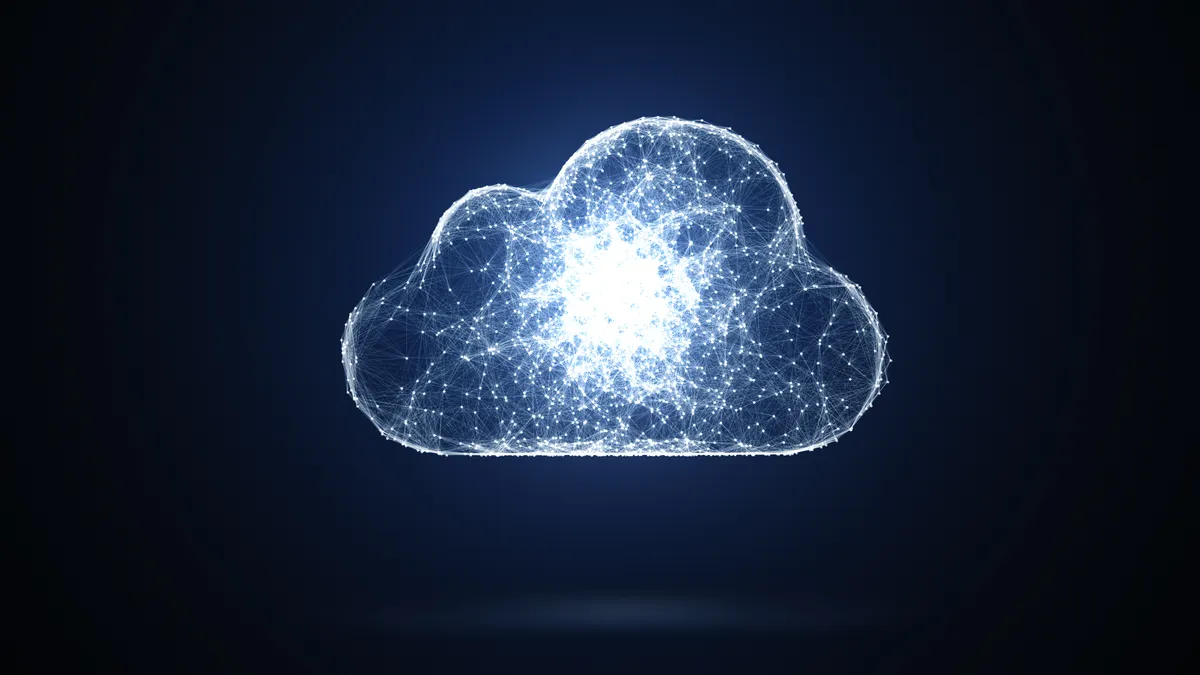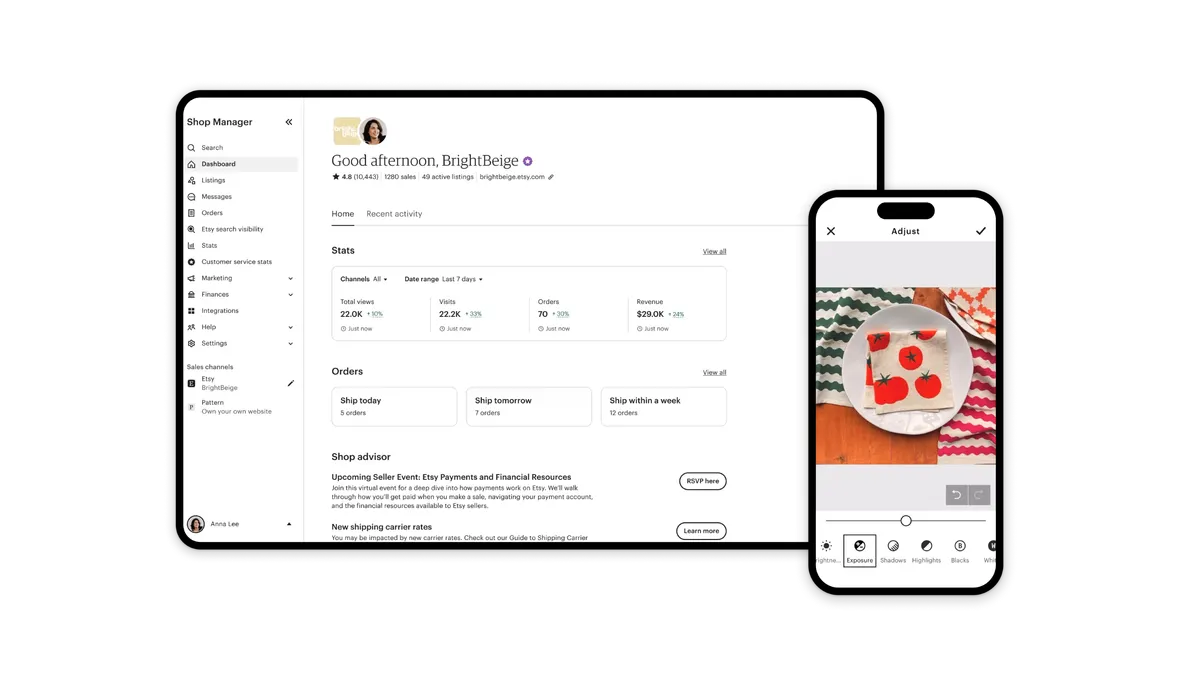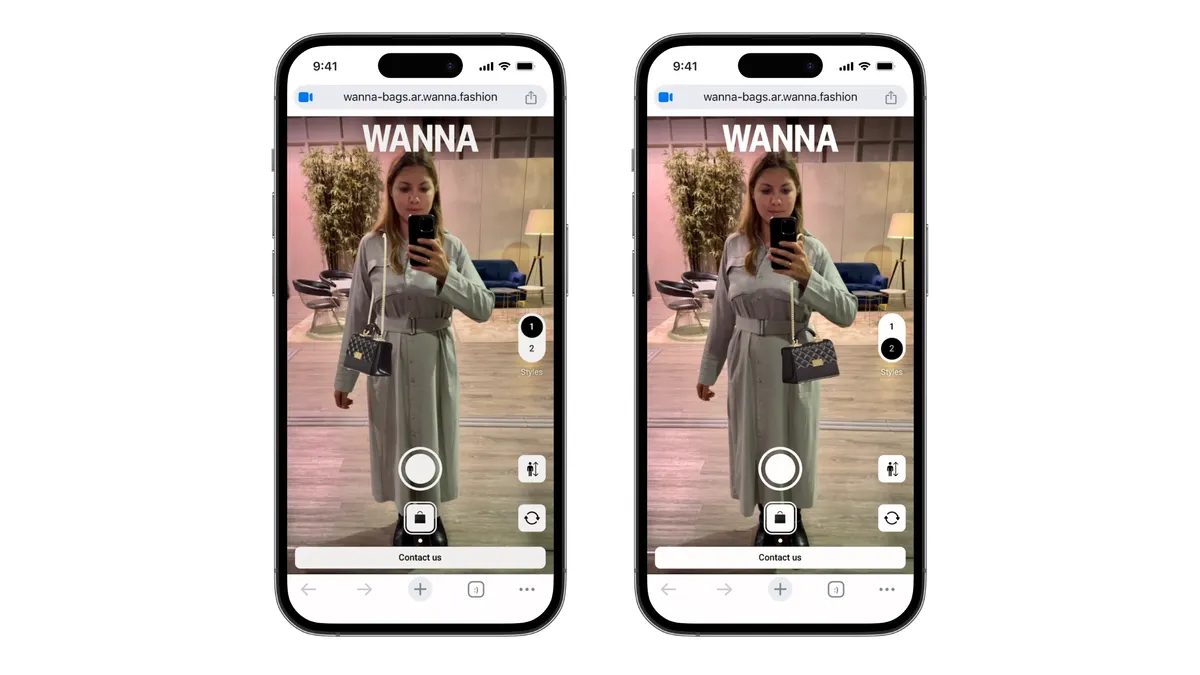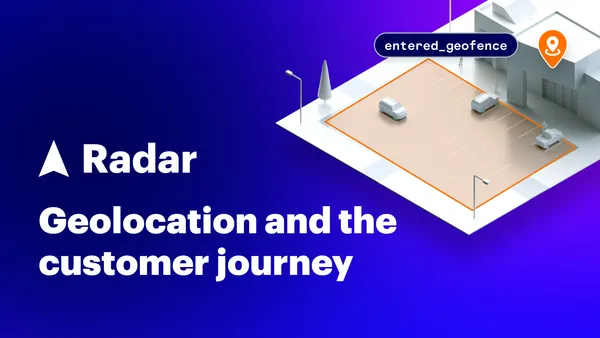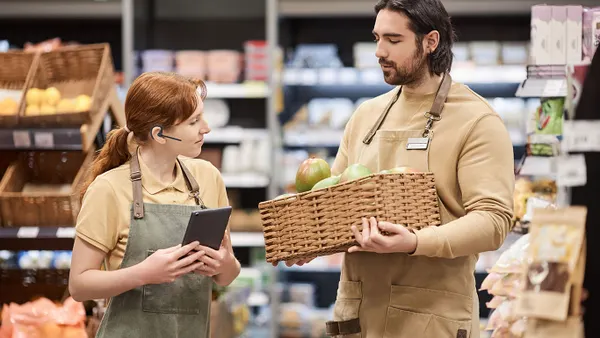The following is a guest post by Christi Olson, head of evangelism for search at Microsoft. The views are the author's own.
Like many industries today, retail is in an extreme state of disruption. In five years, 25% of malls will be gone. The U.S. has way too much retail space per capita at 23.5 square feet, compared to 16.4 in Canada and 11.1 in Australia. And retail giants Macy's and J.C. Penney have shed over 100,000 jobs since October 2016.
While these figures may seem a bit ominous, innovation sparks opportunity. Digital transformation is driving a new breed of retail that will take consumers where they’ve never been before.
I've identified five emerging trends that are shaping the future of retail and will help today's retailers to stay on top of this wave of change.
Trend #1 — Omnichannel
Right now, there is an inevitable movement toward omnichannel within retail. Retailers no longer have web or mobile departments. They function as one unit to fuse the physical and digital customer experience. It’s sink or swim as retailers reconfigure their organizations — creating new roles, expanding distribution channels and rethinking inventory to work across online and offline.
Shoe retailer DSW has been an omnichannel champion for years, allowing customers to pick up online orders in store. Starbucks, Chipotle, and Panera all enable customers to conveniently order online and swing by for a quick pick up. And Home Depot was named the 2017 Omnichannel Retailer of the Year by Internet Retailer with numerous online purchase fulfillment options and a popular mobile app that guides store shoppers with a 3D map.
Trend #2 — Internet of things
This second trend relates heavily to the first, because the Internet of Things (IoT) provides an additional layer of data which can garner insights to support an omnichannel culture. Research by Goldman Sachs indicates that the IoT universe already consists of 12 billion connected devices — a number that could soar to 30 billion by 2020. Retailers that do not inject their stores with IoT technology run the risk of losing relevance quickly.
Although the focus of IoT is often on devices (think talking toasters and smart chopsticks that detect food contamination), the true value of IoT is in the data which can be linked to other data to boost audience insights and connect online and offline behaviors.
IoT is all around us. Walmart uses weather data to forecast grocery sales. Confectioner Lolli and Pops analyzes shopper paths to create smarter candy displays and enhance associate interactions. And Disney’s Magicbands link unique user IDs to function as rooms keys, park tickets, ride Fast Passes and cashless wallets.
Smart retailers engage in connectivity brainstorming sessions, leaving no stone unturned. Almost anything can be connected and converted into insightful data.
Trend #3 — Virtual & augmented reality
Retailers are beginning to experiment with virtual commerce, which leverages virtual and augmented reality devices, such as the HoloLens, to create entirely new conveniences for tomorrow's consumers. Augmented reality (AR) is slightly different from virtual reality (VR) as it overlays holograms on top of the physical world around us.
Both VR and AR enable retailers to rethink everything from marketing to product selection to store design and order fulfillment. It’s a slam dunk for creative marketing — nothing cuts through the noise more than meeting a life-size hologram of your favorite celebrity (alive or deceased) or taking a life-like stroll around Mount Sharp, planet Mars.
But VR and AR are not just being used for entertainment value in marketing. They’re making a resounding impact in numerous business units, such as research. They’re enhancing the study of anatomy for medical professionals. And transforming the design industry with entirely new ways to furnish, decorate and improve our homes. Ikea launched a new VR experience that places shoppers in the middle of a shoppable, 3D kitchen.
VR and AR technology also provide retailers with the ultimate testing ground to gather valuable shopper insights. Test controls, such as shelf color or price, can be changed instantly. Tests that once required substantial investment, can now be done virtually and effortlessly.
Trend #4 — Artificial intelligence
What time of day are your customers most likely to buy? How often do your customers make a purchase with you? Does weather impact your sales?
Answers that were once impossible to know are now everyday knowledge, thanks to artificial intelligence (AI), which combines huge data sets with deep-learning algorithms to surface insights and give smart retailers the edge to win. AI is touching every aspect of business. New forms include robots for manufacturing, drones for delivery, automated checkouts and continuously evolving chatbots. Today’s AI-powered chatbots offer immense promise, especially when integrated with messaging apps to provide customers with always-on, instant, one-on-one service.
Want to deliver flowers? Jump on Facebook and instant message 1-800-Flowers. China’s WeChat has one billion active users. Consumers are ready and waiting for leading retailers to respond with faster, easier, and smarter ways to interact.
Trend #5 — Hyper-personalization
What will be the result of this learning in the cloud, virtual testing and smart technology? Why the obsession with data? The answer: Hyper-personalization.
The driving purpose behind today’s retail trends is to elevate the consumer-retailer relationship by increasing personalization, transforming customers into fans and boosting Customer Lifetime Value. Mass, generic marketing is officially getting sunsetted by more evolved, effective one-to-one campaigns.
Personalized style site Stitch Fix reported sales of $730 million in 2016 with no signs of slowing down. And Intel wowed crowds at the 2017 National Retail Federation's Big Show with a 3D printer that allows users to fully customize and print sweaters.
Imagine a store where 99% of the items are selected for you based on your history and preferences. A shoppable virtual fridge stocked with your favorite foods. A smart speaker that knows your order history and can order your usual coffee with a simple voice command. A store where the inventory, messaging, prices and sizes are dynamically changed for you. It will soon seem absurd that we ever wasted time shopping at stores not designed for us.
The behemoth brick-and-mortar stores of yesterday will be hardly recognizable when compared to the stores of tomorrow.
It's now or never for leading retailers to rethink what constitutes a product, a store and even a customer in this next era of retail. All they need is a little imagination and a whole lot of data.


